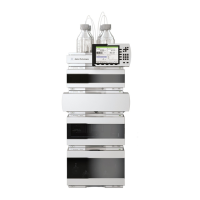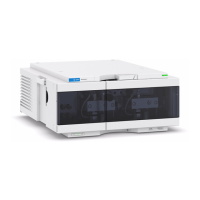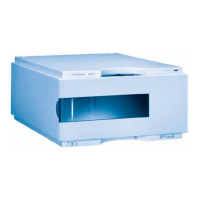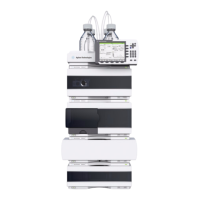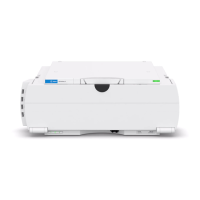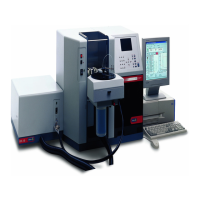1290 Infinity Quaternary Pump User Manual 87
How to Optimize the Performance of Your Module
5
How to Achieve Higher Resolution
In isocratic separations, increasing the retention factor, k, results in better
resolution because the solute is retained longer. In gradient separations
the retention is described by k
*
in the following equation:
where:
• k
*
= mean k value,
• t
G
= time length of gradient (or segment of gradient) (min),
• F = flow (ml/min),
• V
m
= column delay volume,
• Δ%B = change in fraction of solvent B during the gradient,
• S = constant (ca. 4- 5 for small molecules).
This shows that k and hence resolution can be increased by having a
shallower gradient (2 to 5 %/min change is a guideline), higher flow rate
and a smaller volume column. This equation also shows how to speed up
an existing gradient – if the flow is doubled but the gradient time is
halved, k
*
remains constant and the separation looks the same but
happens in half the time. Recently published research has shown how a
shorter STM column (at temperatures above 40 °C) can generate higher
peak capacity than a longer STM column by virtue of running it faster.
(Refer to Petersson et al., J.Sep.Sci, 31, 2346- 2357, 2008, Maximizing
peak capacity and separation speed in liquid chromatography).
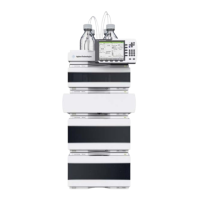
